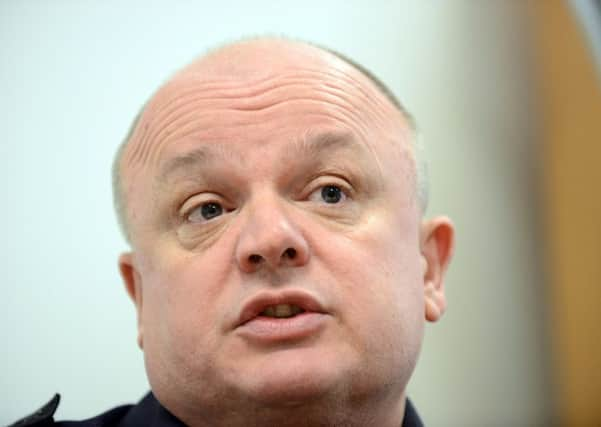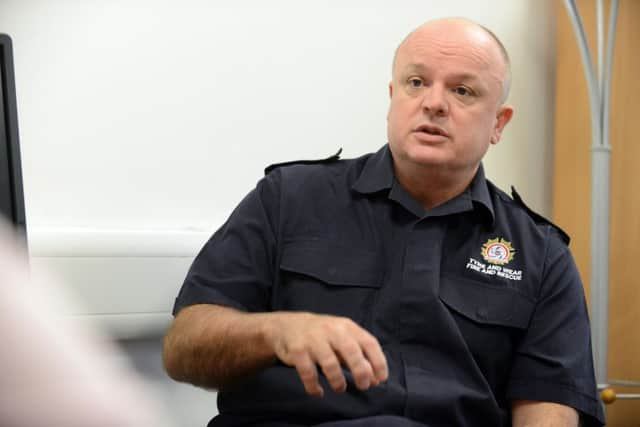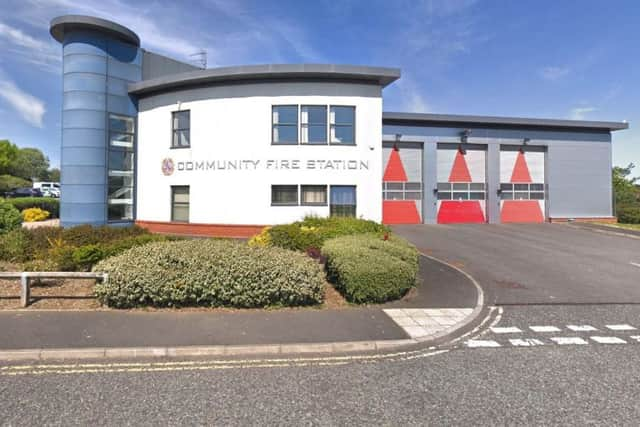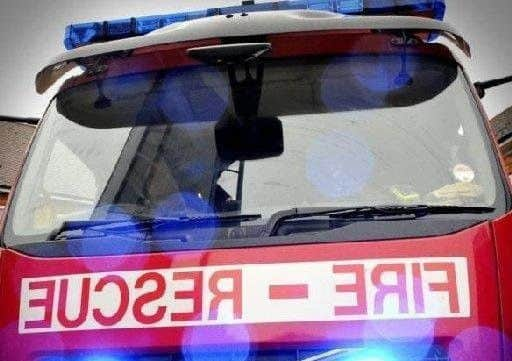'˜Response times will stay second fastest in country' says fire service chief as £3.6m cuts loom


Chief assistant fire officer for community safety at Tyne and Wear Fire and Rescue Service Alan Robson was speaking after a 10-week consultation was launched over new plans to change where some appliances are based, what hours some officers work as well as a potential loss of 70 posts.
Under consideration is the relocation of a fire engine and a targeted response vehicle (TRV) from Washington Community Fire Station to Sunderland Central, while another proposal would see one fire engine at Farringdon Station become on-call.


Advertisement
Hide AdAdvertisement
Hide AdBosses say this is in response to a high number of fire incidents in and around the Sunderland city centre area.
If all proposals are put into place by April 2021, it is expected that savings of £3.3million would be made.
“We have a £3.6million gap in our revenues for the year 2019/20,” said Mr Robson.
“What we are trying to do is make some changes so that we don’t end up with a financial cliff edge.


Advertisement
Hide AdAdvertisement
Hide Ad“I have tried to make sure that we have a delivery model which is sustainable.”
Although the proposal document sets out that response times for high-risk incidents could slow by up to 17 seconds, Mr Robson said: “We are the second fastest responding fire and rescue service in the country and after this we still will be, so at the moment we are trying to protect that speed of response.
“That is something we will hang on to vehemently.”
A total of 78 whole-time firefighters and four control posts could go as part of the plans, but 12 “on-call” firefighter posts would be created.


The loss of posts is expected to be achieved without redundancies with Mr Robson saying “our retirement profile over the coming three years is quite favourable”.
Mr Robson also added: “We are not cutting fire engines.
Advertisement
Hide AdAdvertisement
Hide Ad“We have 24 of the large fire engines as well as special appliances and TRVs and at the end of this process, we will have exactly the same number of fire engines.
“It’s much harder to bring them back once they are gone.”
Mr Robson added that a number “redundant assets” which are owned by the organisation, such as pieces of land, are being sold on as a way of reducing the funding gap.
“I don’t think the public want anything more than to get a fire engine there as quickly as possible to any incident and that’s what we will try and maintain.”
People with comments on the consultation can write to Freepost RLZH-ZZYU-LJUJ, Policy and Engagement Dept. Tyne and Wear Fire and Rescue Service, Barmston Mere, Nissan Way, Sunderland, SR5 3QY before 5pm on Monday, January 14.
Advertisement
Hide AdAdvertisement
Hide AdAlternatively they can call 0191 444 1333, email [email protected] or go to www.twfire.gov.uk for more information.
Public events in each of the five local authorities directly affected are due to take place soon.
PANEL
Proposals to overhaul Tyne and Wear Fire and Rescue Service are:
Proposal One:
Rearrange how crews are distributed across Tyne and Wear based on ‘community risk and expected demand’.
Advertisement
Hide AdAdvertisement
Hide AdThis could see a fire engine and targeted response vehicle (TRV) moved from Washington to Sunderland Central and from Gosforth to Newcastle Central.
It could also see heavy rescue units from Hebburn and Newcastle moved to South Shields and Wallsend, respectively.
Proposal Two:
Introduce changes to crewing arrangements at Wallsend, Hebburn and Farringdon, which is expected to cause an increase in response times, although the service claims this would only be by up to 17 seconds.
Proposal Three:
Changes to rotas and reductions to staffing levels at stations.